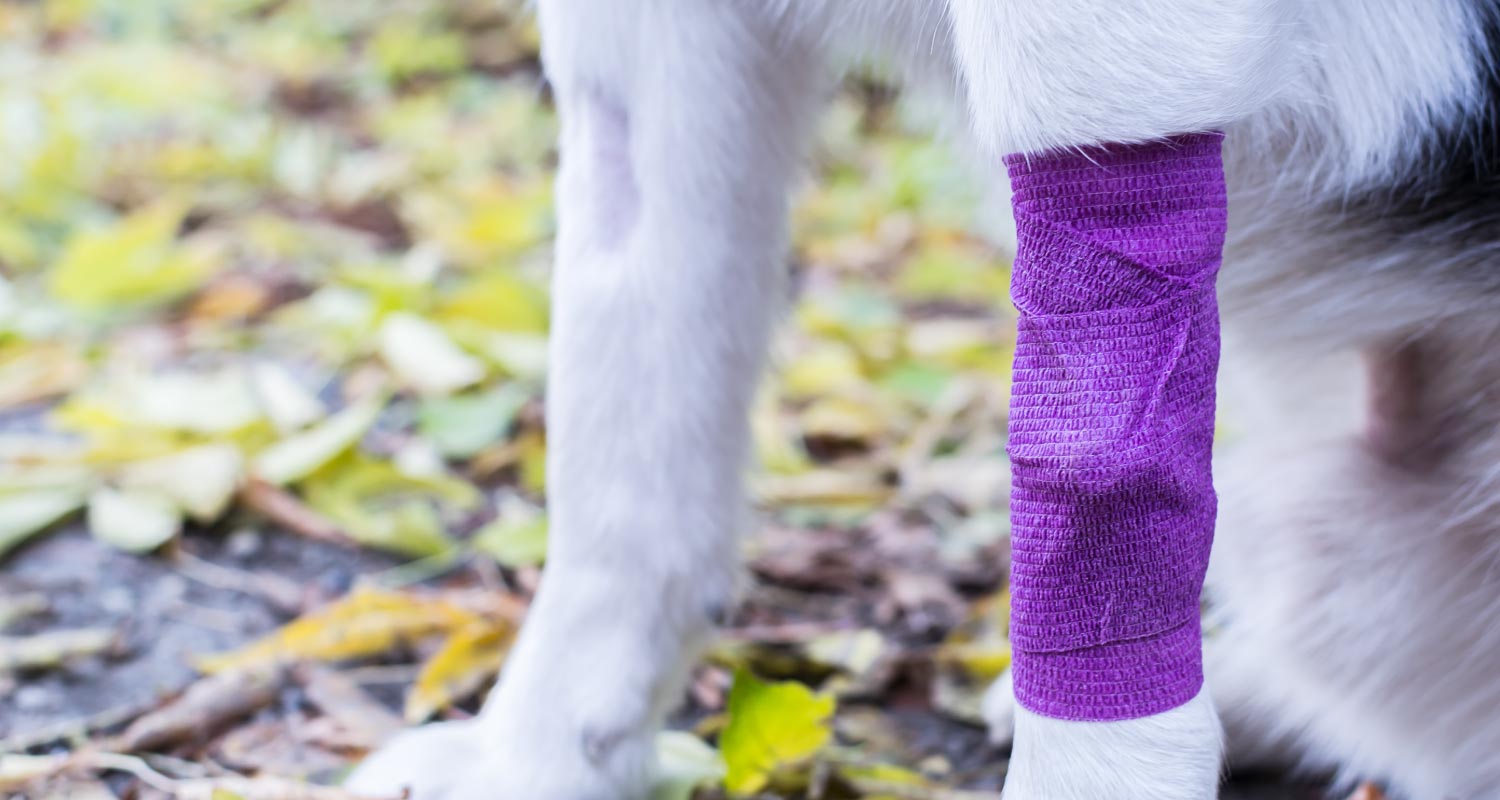TOOLKITS & GUIDES

VOTING BOOTH

TRENDING

LIONS FOUNDATION OF CANADA DOG GUIDES
Lions Foundation of Canada Dog Guides and its founding program, Canine Vision Canada, was established in 1983. It’s the largest school of its kind in Canada with its training school in Oakville and breeding facility in Breslau.
Basic First Aid for Dogs Part 2: First Aid for Different Situations

Part of being a responsible dog owner is learning how to take care of your pet in case of an accident, emergency or injury.
In Part 2 of Basic First Aid for Dogs we take a look at first aid for different situations.
REMEMBER
Try not to panic and always try to keep the patient as calm and still as possible. A distressed dog may bite so take every precaution to avoid injury.
BLEEDING
Apply a tight bandage. Add another layer if blood seeps through. Use towel/clothing if necessary (tourniquet: last resort). Where a bandage won’t work, apply a pad and keep pressing firmly. Go to a veterinarian immediately.
Order of bandages:
1. Non-adhesive dressing
2. Cotton bandage, followed by cotton wool
3. Cotton bandage again
4. Surgical tape (stick to hair)
5. Cover it all with adhesive bandage/tape (stick to hair)
IMPORTANT
– Don’t wrap foot when wrapping limb.
– Don’t leave bandages on for more than 24 hours
BROKEN BONES
Address bleeding. Don’t apply splint. Confine dog for transport. A box can work for smaller dogs.
BURNS AND SCALDS
Run cold water over the wound for 5 minutes minimum. Contact vet. Keep dog warm. Don’t apply any substances. If you can’t get to a veterinarian immediately, apply a saline-soaked dressing.
POISONED
Call veterinarian immediately. Product: read contents/ingredients on packet. Plant: identify or describe it.
BALL LODGED IN THROAT
If you can’t get to a veterinarian quickly, try pushing on the throat/neck from the outside. For blue gums/tongue or collapsed dog: one person opens mouth; other reaches inside. Alternatively lay dog on side: one person presses down on abdomen sharply and suddenly behind last rib; other grabs ball when visible.
CONTAMINATED COAT
Prevent licking. Use Elizabethan collar. Cut off affected hair if possible. Never use turpentine or paint removers. For large affected areas, visit veterinarian.
HEAT STROKE
Distressed or panting heavily? Get dog to a cool spot, ideally in a draught. Wet coat with lukewarm (not cold) water. Phone veterinarian. Offer small amount of water.
SEIZURE
During fit, avoid holding/comforting dog. Darken room. Reduce noise. Remove and/or pad surrounding items. Call veterinarian.
FIGHT
If the dog is distressed, shocked or tired call the veterinarian. If there’s severe pain and/or a puncture wound to the head or body, consult a veterinarian immediately.
EYE INJURY
Call veterinarian. Bulging out: apply wet dressing and prevent rubbing/scratching. Chemicals: flush eyes with water repeatedly from eye drop bottle if possible.
DROWNING
Wipe muzzle. Drain water by holding upside down by hind legs. Resuscitate if breathing stopped. See veterinarian after incident.
ELECTRIC SHOCK
High voltage: stay away and call police. At home: switch off power. If you can’t, use a dry non-metallic item, e.g. a broom handle, to push dog away from power source. Resuscitate if breathing stopped. Call veterinarian right away.
STUNG
Remove sting without pinching poison sac. Bathe area in water or bicarbonate of soda solution. Apply ice. Call veterinarian if dog was stung in mouth or throat.
SWOLLEN ABDOMEN
Sudden swelling is serious. Phone your veterinarian without delay.
Related Articles









